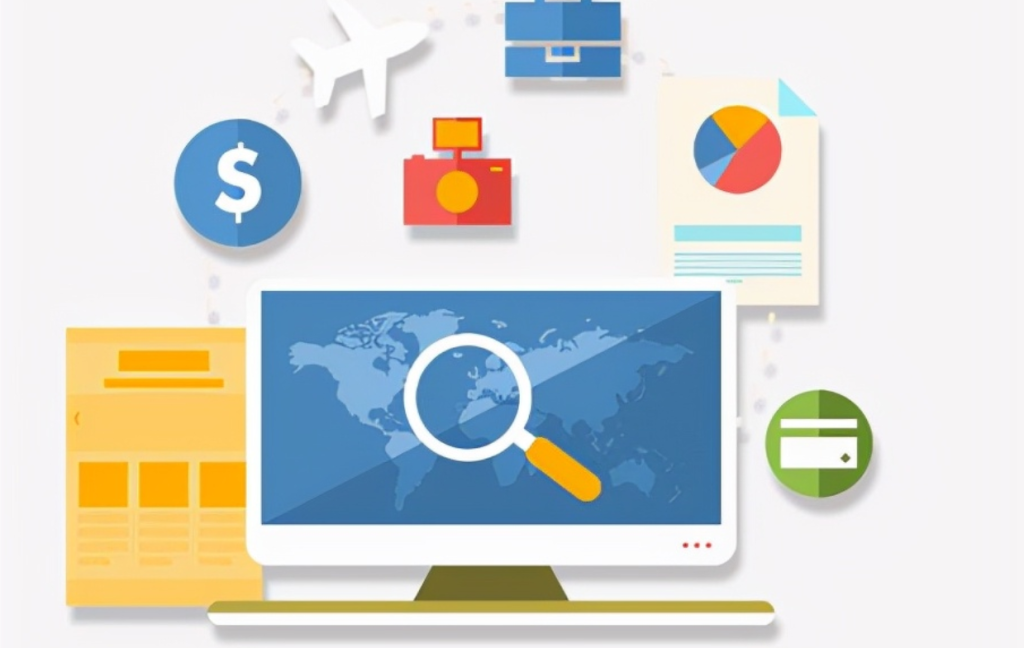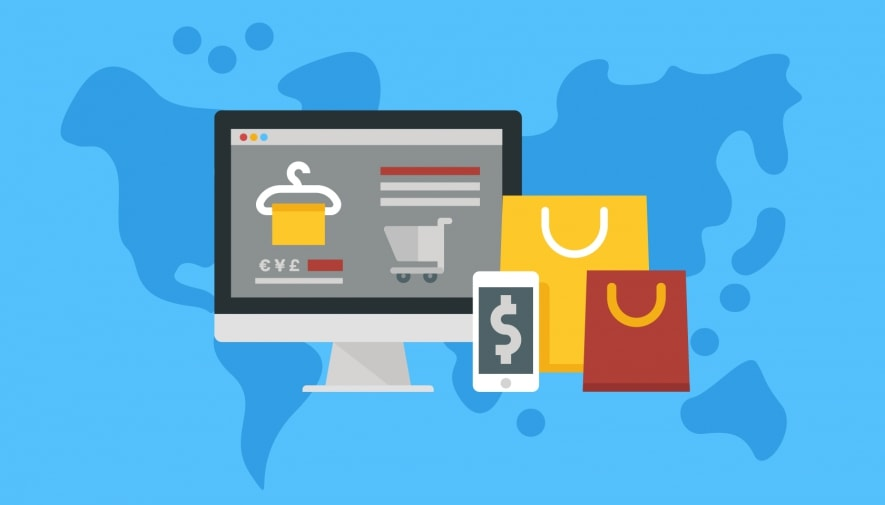When running foreign trade independent sites, effectively following up and analyzing inquiries is crucial for converting potential leads into actual business deals. Here are six useful tips to help you handle this process smoothly and make the most of the inquiries you receive.

I. Judge the Authenticity of Inquiries
1. Check the Source
- Look at the email address or the platform from which the inquiry comes. If it’s from a well-known and reliable business platform or has a professional domain associated with it, it’s more likely to be genuine. However, if it’s from a random or suspicious-looking email address with no clear business connection, be cautious.
- For example, an inquiry from a company’s official business email ending with its domain name is usually more trustworthy than one from a free public email service with no business-related details.
2. Analyze the Content
- Authentic inquiries often contain specific details about the product or service they’re interested in. They might mention product features, quantities needed, or application scenarios. In contrast, vague inquiries that lack such details and seem too general could be less genuine or just casual inquiries.
II. Preliminarily Determine the Customer’s Intent Level
1. By the Specificity of Requirements
- If the customer clearly states specific requirements like particular product specifications, customized options, or exact delivery dates, it indicates a higher level of intent. They’ve likely thought carefully about their needs and are closer to making a purchase decision.
- On the other hand, inquiries that only ask for general information without getting into details may suggest a lower level of immediate interest.
2. Based on the Urgency Expressed
- Customers who mention time-sensitive factors, such as needing a quick response because of an upcoming project or a tight production schedule, usually have a stronger intent. While those without any indication of urgency might be in an early exploration stage.
III. Analyze the Customer
1. Research the Company
- Use search engines and business directories to find out more about the customer’s company. Look at its business scope, industry reputation, and past projects. Understanding their business background can help you tailor your response and offerings to better match their needs.
- For example, if it’s a manufacturing company expanding its production line and inquiring about machinery, you can focus on how your product can enhance their production efficiency.

2. Know the Decision-Maker
- Try to identify who the key decision-maker is within the customer’s organization. This could be through analyzing the email signature or doing further research on the company’s management structure. Tailoring your communication to address the concerns of the decision-maker can increase the chances of a successful deal.
3. Understand Their Market
- Research the market where the customer is located. Know the local demand trends, competitors, and regulatory environment. This knowledge enables you to position your products or services more effectively and show how you can help them stand out in their market.
IV. Deal with Difficulties in the Process of Replying to Customers
1. Language and Cultural Barriers
- In foreign trade, different languages and cultures can pose challenges. Make sure your replies are in clear and proper language, avoiding jargon or expressions that might be confusing. Also, be aware of cultural differences to ensure your communication is respectful and appropriate.
- For instance, certain colors or symbols may have different meanings in different cultures, so avoid using them inappropriately in your communication materials.
2. Technical Questions
- If the customer asks complex technical questions about your products, make sure you have a good understanding of the technical aspects yourself or have access to experts who can help. Provide detailed and accurate answers to build trust.
- You can also offer additional resources like product manuals, technical guides, or links to relevant videos to assist the customer in getting a better understanding.
V. Keep Good Records
- Create a system to record all inquiries and your follow-up actions. Note down key details like the date of the inquiry, the customer’s requirements, your responses, and any agreements reached. This helps you track the progress of each potential deal and ensures consistency in your communication.
VI. Follow Up Regularly but Appropriately
- Set a schedule for following up with the customer based on their intent level and the nature of the inquiry. However, don’t be overly pushy as it might annoy the customer. Keep the communication lines open and show your continued interest and availability to assist them.

By applying these six tips for following up and analyzing inquiries on foreign trade independent sites, you can enhance your ability to handle customer inquiries effectively, build stronger relationships with potential clients, and increase the likelihood of closing successful business deals.




